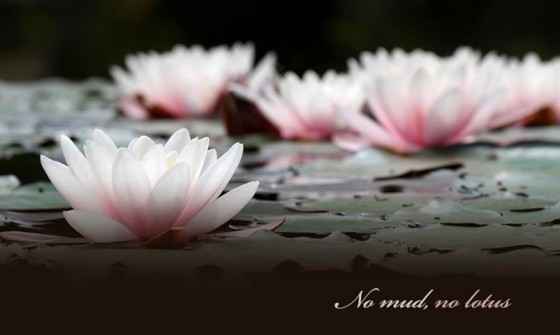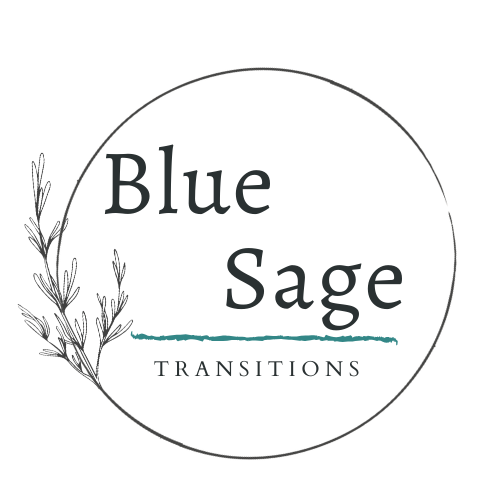Some of us are like Lotus, we can only grow in the mud. Extraordinary things happen when your world is tested. We may yearn for calm but yet we resist. To find your kind of extraordinary, recognize the opportunity, and take a moment to be still. Let your heart flower and grow. If it makes you feel alive, despite the challenges, keep it close for this IS your story. Live like the Lotus--pure in intention, rising above adversity, extraordinary, beautiful, and divine.
--Rita Said

As an academic who poured my attention into challenging injustices when and where they arose, I was fond of disregarding intentions. "Almost no one wakes up in the morning wanting to stomp on other people's heads," I would declare. "As the saying goes, the path to hell was paved with good intentions. I care about impact. Show me how your good intentions lead to justice and equity, rather than oppression and domination."
Although I still believe that we often evade taking responsibility for the contributions we made to harmful outcomes by using the "good intention" justification, mindfulness practices have deepened my understanding of how important clear-seeing intentions are for helping positive actions to unfold. More specifically, the realization that we need to pause and listen inwardly to become conscious of what our intentions actually are has been a game changer, bringing more aliveness and wide-awakeness to my daily life.
If we take a moment to be still and turn inward to understand our intentions , we may very well find they include a desire to be in control, an avoidance of pain and fear, and/or the receipt of approval. These intentions come from our ego self and warrant compassion, as they are trying to get us to where we THINK we ought to go and to protect us from PERCEIVED danger or harm. However they are, at the end of the day, "my will, not my heart's will."* As Tara Brach so beautifully articulates, listening inwardly with heaps of kindness is like moisturizer for the heart. We come back to what matters most to us, which is where pure intentions reside.
Since illustrations often work best to bring these kinds of insights to life, here is one:
Having committed myself to radical self-care, I frequently come up against old judgments. "That's so selfish!" one voice screams. Another chastises,"Way to buy into capitalist hedonism, escapism, and hyper-individualism, you self-centered piece of crap!" Man, can the voices inside our head be mean and take the wind carrying us toward a rest break, a nap, a sitting meditation, a slow flow yoga class, or--can I even say the words!--a massage right out of our sails. Becoming aware of the judgments that take me down the rabbit hole of despair is the first step toward finding my kind of extraordinary, and that awareness is no small thing. It comes with practice and the intention to be kind to myself. Only once I have actually hit pause on the self-criticism button do I experience enough stillness to listen to what matters most.
In that quietness, I know in my heart that my intention is not to prove something or to win a prize. My intention also is not to navel gaze. Here is what it IS: I wish for ease or peace, not only for myself but also for others. Additionally, I aspire to discern the goodness within and all around me so that my attitude is one of sufficiency and gratitude, with the wonderful side effect of seeing that my attention does not so easily turn toward what is lacking. These intentions make me feel alive AND contribute to a pathway that includes fighting for social justice without turning on others or myself.
To live like the lotus seems more like a wise intention than a "good" one. I will keep it close as this IS my story, and I want to live it remembering, "The most important thing is to find out what is the most important thing."
* Tara Brach uses this language in several of her dharma talks. Three in particular informed this blog post: Compass of the Heart, Listening with an Awake Heart, and Nourishing a Liberating Intention.

 U.S. District Judge Barbara Crabb's recent ruling of Wisconsin's constitutional amendment banning same-sex marriage as unconstitutional has inspired me to write about the direction in which I would like to see my own field of "marriage and family therapy" go.
U.S. District Judge Barbara Crabb's recent ruling of Wisconsin's constitutional amendment banning same-sex marriage as unconstitutional has inspired me to write about the direction in which I would like to see my own field of "marriage and family therapy" go.